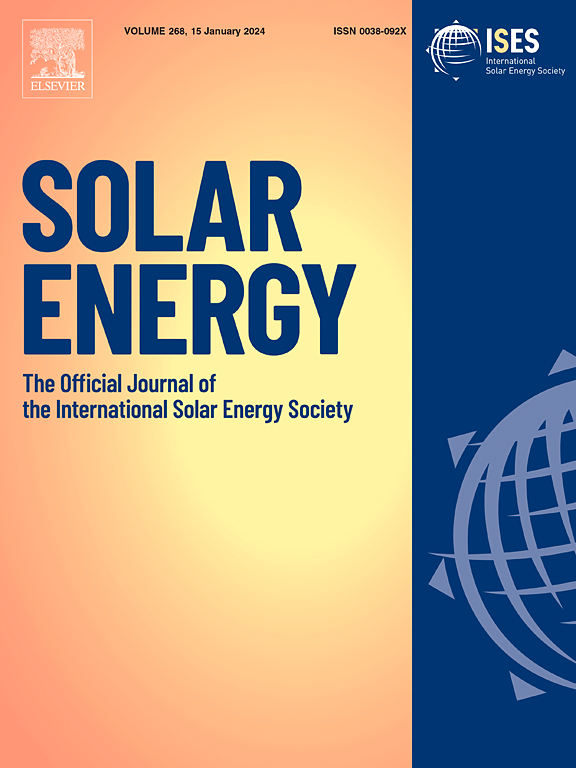Hydrothermal synthesis and energy saving potential of thermochromic VO2 nanocomposite window coatings in temperate North American climates
IF 6
2区 工程技术
Q2 ENERGY & FUELS
引用次数: 0
Abstract
Buildings in climate zones with both heating and cooling demands could significantly benefit from adopting dynamic windows. Thermochromic VO2-based nanocomposite coatings have gained attention for their ability to enhance visible transmittance and solar modulation compared to continuous films. However, processing VO2 nanoparticles with the desired thermochromic properties remains challenging. This article details the hydrothermal synthesis of VO2 structures and systematically investigates several experimental parameters, including reaction temperature and duration, tungsten doping level, reductant type, vanadium concentration, and precursor pH. The results indicate that the best-performing film was obtained using rod-like particles processed at 280 °C for 72 h, with tartaric acid as a reducing agent. Doubling the initial vanadium concentration improved the crystallinity of the particles and VO2 (M/R) phase content. Tungsten doping played crucial role in fabricating the desired M/R phases in a single-step synthesis, while lowering the precursor solution’s pH produced uniform VO1.7(OH)0.3 particles, which were successfully transformed into VO2 (M/R) after a brief low-temperature annealing at 250 °C for 30 min in air. The best-performing film exhibited a phase transition temperature of 40 °C, a solar modulation ability of 7 %, a visible transmittance of 44 %, and potential annual energy savings of up to 23 % in temperate climates, depending on the local weather conditions.
求助全文
约1分钟内获得全文
求助全文
来源期刊

Solar Energy
工程技术-能源与燃料
CiteScore
13.90
自引率
9.00%
发文量
0
审稿时长
47 days
期刊介绍:
Solar Energy welcomes manuscripts presenting information not previously published in journals on any aspect of solar energy research, development, application, measurement or policy. The term "solar energy" in this context includes the indirect uses such as wind energy and biomass
 求助内容:
求助内容: 应助结果提醒方式:
应助结果提醒方式:


